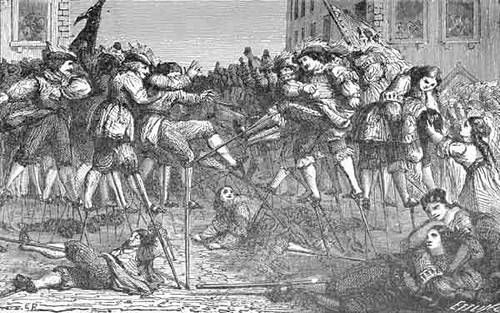In 1810, Theodore Hook, a writer of comic operas, bet his friend Samuel Beazley that he could turn any house in London into the most talked-about address in the city within one week. Beazley accepted, and Hook began writing letters.
A few weeks later, on Nov. 10, a Mrs. Tottenham of 54 Berners Street turned away a coal merchant delivering a load of coal that she hadn’t ordered.
She was in for a long day. The Morning Post reported: “Wagons laden with coals from the Paddington wharfs, upholsterers’ goods in cart loads, organs, pioanofortes, linens, jewelry, and every other description of furniture sufficient to have stocked the whole street, were lodged as near as possible to the door of 54, with anxious trades-people and a laughing mob.”
It went on. “There were accoucheurs, tooth-drawers, miniature painters, artists of every description, auctioneers, … grocers, mercers, post-chaises, mourning-coaches, poultry, rabbits, pigeons, etc. In fact, the whole street was literally filled with the motley group.”
The merchants were followed by dignitaries: the governor of the Bank of England, the archbishop of Canterbury, cabinet ministers, dukes, and finally the lord mayor of London.
Hook won his bet, collecting one guinea. He eventually confessed to the prank, but apparently never received any punishment.



